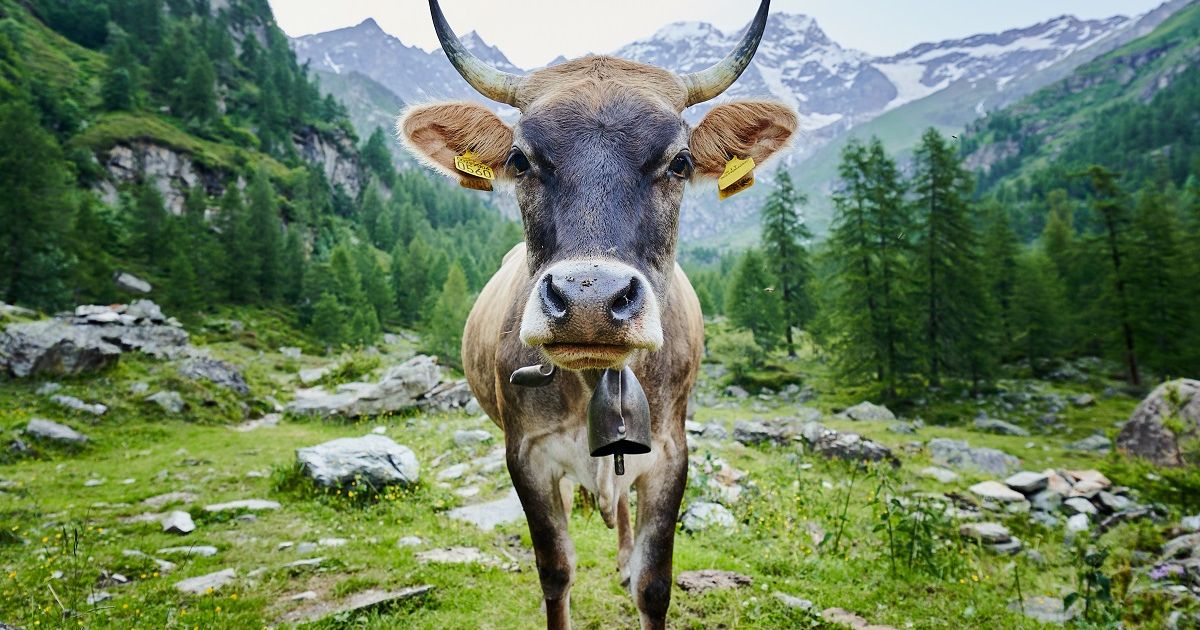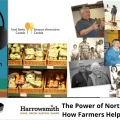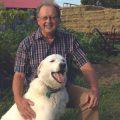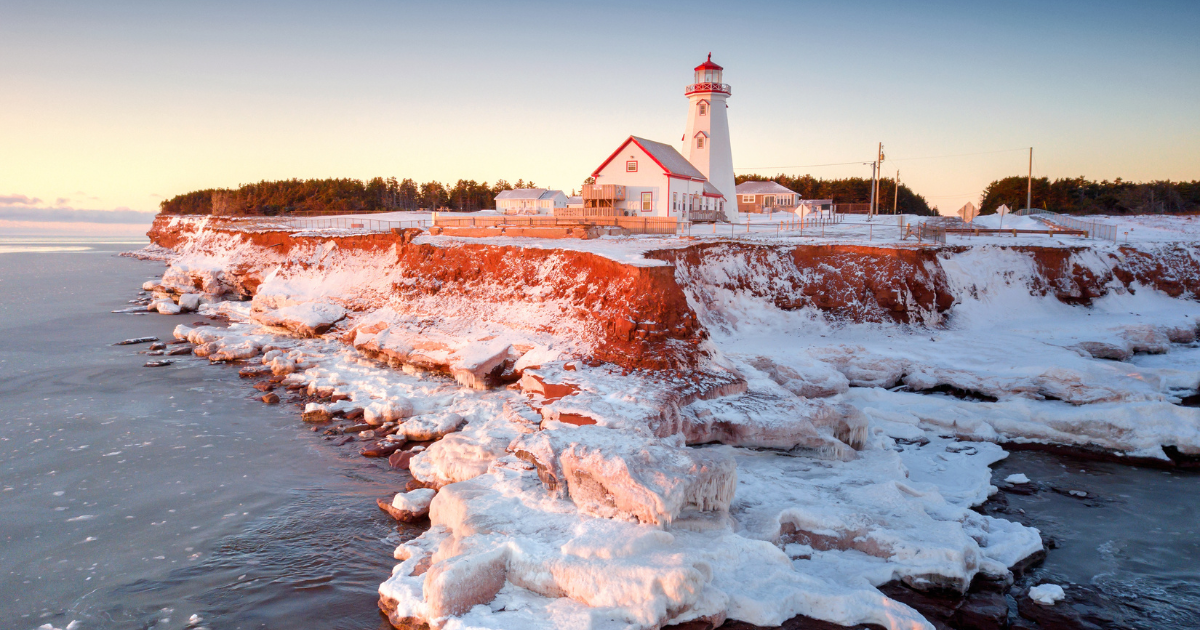“The land is medicine,” explained K’odi Nelson, a cultural leader from the Dzawada’ enuxw First Nation, one of the four tribes of the Musgamakw Dzawad-a’ enuxw in British Columbia. Of course, I agreed, and had built a new nature-based travel company, karibu adventures, on exactly this idea: by spending time, actively in nature, and with people who are deeply connected to caring for the land, we could help heal the planet and ourselves. I had even staked my professional future on it, quitting the corporate life at 50, kids still in school, prime earning years be damned.
And yet, it was the first time I understood what K’odi was saying with a visceral certainty I had never felt before.
“The land feeds the soul, not just for Indigenous people,” he continued. “But for all people.”

Almost exactly a year earlier, I was sitting in the wood-paneled offices of a well-known travel purveyor, explaining the concept of my new mission. karibu would offer small group tours to unique and less-traveled wild places and hidden gems, and partner with Indigenous and local communities. Each experience would explore the underlying story of a place, and by travelling in a responsible and inclusive way, help protect its unique magic.
Our first tours would be to the northern tip of Vancouver Island and a UNESCO Geopark in the Italian Alps. But while there were some nods of approval, I was told it wouldn’t work. These were entirely different products; one was very Indigenous-focused and centred around the rough and ready Canadian wilderness.
The other was to one of the most-touristed countries in the world.
The advice, instead, was to focus on one thing. But my gut told me that there was a connection, a universal through line that could dazzle and delight us, and fuel an appetite for nature and people-positive travel.
I first travelled to Italy’s Alta Valsesia in 1994 I was in my early 20s, backpacking through Latin America, when my boyfriend at the time invited me there for a family reunion. His Nonno was turning 90 I had lunched on guinea pig in Ecuador and hiked the sand dunes of the Atacama Desert, and yet this place felt as foreign to me as anywhere I’d been.
Nestled at the foot of the Monte Rosa, the second-highest peak in the Alps, the Valsesia is spectacularly—beautiful; a narrow, winding valley, peppered with glacier-fed waterfalls, alpine meadows bursting with wildflowers and picturesque hamlets. Wedged into the northwestern-most edge of Italy, its remote location has shielded it from excessive tourism and earned it a designation as “the greenest part of Italy.”

But what makes the Valsesia special goes beyond its rugged, unspoilt charm. There is a quietly fierce attachment to the place, and its history and traditions, that took me years to truly appreciate. First settled by the Walser, a Germanic shepherding people, their distinctive wood and stone-hewn homes and mountain huts, known as Baita, are a distinguishing feature of the valley. Nothing escapes their meticulous eye, from the edelweiss planted in the crook of a centuries-old stone water fountain, to the face of a druid carved into a tree stump in the forest.
For them, the mountains are sacrosanct. And things are done the way they are done. Restaurants, mountain refuges and even the gondola that connects the Valsesia to neighbouring valleys are open not so much based on catering to tourists, but when the cows need to go up to the alpine pastures, and whether there are more pressing things to do, like welcome a new priest or have a celebration for the “Friends of the Alpine Guides” club (for which my husband’s father and uncle were both president.).
The urban Canadian in me found this somewhat confounding. They seemed all too content with just what they had, and little need to want for more. Then, a few years ago, I finally understood. A developer from Milan wanted to build a road up to a pristine hanging valley in the Valsesia. He lobbied heavily, dangling an influx of money and development. The road would surely make it more convenient, especially compared to the steep 400-metre hike up, for locals to get to their Baitas. It would also permanently change a way of life, and one of the most beautiful and tranquil places I have ever been to.
My mother-in-law, who is 90, can no longer walk up to this valley and the Baita there that has been in her family for generations. Still, she, along with many, said no to the road.

I first met K’odi Nelson in the fall of 2022 I had just fulfilled a longtime dream of sea kayaking off the northeast coast of Vancouver Island, one of the best places in the world to see orca whales, and a mecca for wildlife. A place few get to, it is a treasure trove of natural wonders, and I wanted to make it a signature karibu offering. I also knew that to truly tell the story of this wild, sublime place, it needed to be told through the eyes of the Kwakwaka’wakw people.

A former school teacher and wildlife guide, K’odi, together with his community, had just established a language and culture camp in a remote part of their ancestral territory. Years earlier, he’d been travelling through Hada (Bond Sound), part of the Great Bear Rainforest and the birthplace of his people, when he saw helicopters logging the giant cedars considered sacred “trees of life”. “It was a transformative moment,” he says. “I just knew I had to protect it.”


The community has been on a mission to reclaim their land and strengthen their presence in their territory ever since; bringing together philanthropic donors, builders, artists and architects to establish Nawalakw, which means “supernatural” in Kwak’wala. Elders and youth now regularly come together in the cedar lodge overlooking the inlet’s deep blue waters, sharing their language and knowledge, and hopefully beginning to heal from the effects of being forced off their land and their children put into residential schools.

Elders and youth now regularly come together in the cedar lodge overlooking the inlet’s deep blue waters, sharing their language and knowledge, and hopefully beginning to heal from the effects of being forced off their land and their children put into residential schools.
The logging has also stopped, and in November 2023, the Nation, invoking its inherent right to reclaim “what is already ours,” declared the area, along with some 40,000 hectares of neighbouring territory, an Indigenous Protected and Conserved Area. For K’odi, like my mother-in-law, this isn’t about him, but for those who come after. “My driving npurpose, everyday, is to make sure this place is here for our children, and our children yet unborn.”
—


In August 2023, after three days of exhilarating sea kayaking, filled with sightings of orca, humpback whales and Stellar sealions, karibu took its first group of travellers to Nawalakw. I didn’t know exactly what to expect; K’odi and I had talked often about this day since meeting over Zoom, but unlike every other karibu destination, I had never been there. As we made our way up the mist-shrouded Sound, a group of people gathered on the dock to welcome us—children, teenagers, men and women, dancing, drumming and singing.



It was an almost mystical experience, as dolphins swam by and the ancient beats echoed off the water. Many of us were overwhelmed by what I can only call the pureness of the experience. Just a few weeks earlier, I had been hiking in the Valsesia, surrounded by mountain peaks and patches of wildflowers to a mountain hut that has been in my husband’s family for generations, when one of the guests burst into tears. “This makes me believe in the world again,” she said, as she stopped to take in the beauty of it all. Yes, it certainly does.

Photography courtesy of karibuadventures.com“

About karibu:
“All too often, travel does more harm than good. Our goal is to contribute to protecting the pristine and unique nature of the places we visit, and the cultures and communities we engage with. That’s why we started karibu, and we believe that if done right, we can make a difference.”
To learn more, visit: https://www.karibuadventures.com/
Andrea Mandel-Campbell is the founder of karibu adventures, Canada’s newest and coolest people and planet-positive travel offering. A former foreign correspondent, television anchor and best-selling author, Andrea brings a unique journalist’s lens to karibu, taking you on a journey to unexpected places and introducing you to people you won’t otherwise meet.











